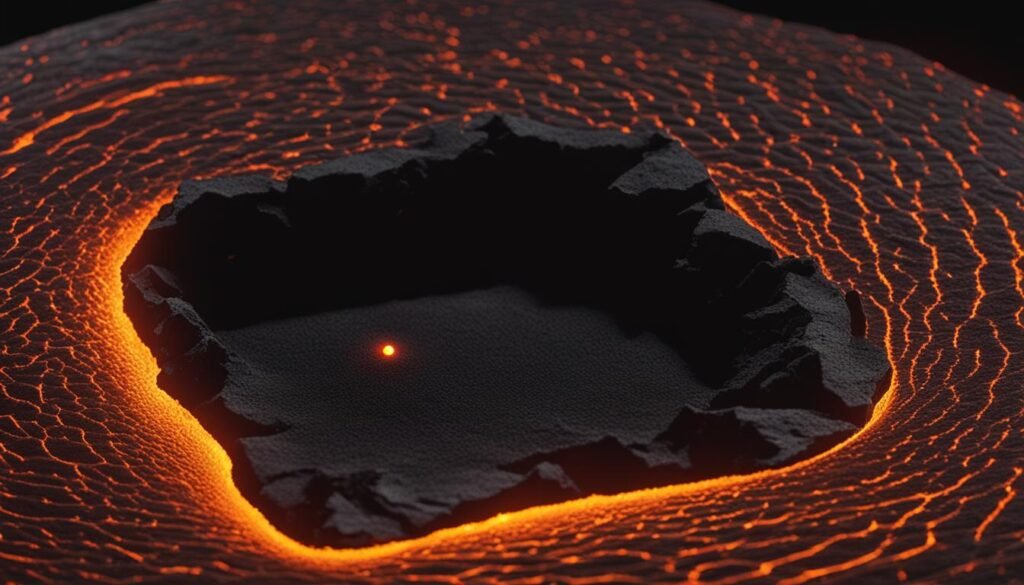In the field of laser treatment, two distinct methods are utilized: CO2 as a heat source crack and CO2 ablation. While both methods involve the use of CO2 lasers, they serve different purposes. CO2 as a heat source crack focuses on controlling the formation of cracks in materials by generating heat. On the other hand, CO2 ablation involves removing or ablating material from a surface using a CO2 laser. These techniques have various applications in industries such as manufacturing, automotive, electronics, and medical devices.
Contents
Key Takeaways:
- CO2 as a heat source crack utilizes a CO2 laser to control the formation of cracks in materials.
- CO2 ablation involves the precise removal of material from a surface using a CO2 laser.
- CO2 as a heat source crack is commonly used for crack prevention in industries like ceramics and glass manufacturing.
- CO2 ablation is ideal for cutting, engraving, and surface modification applications.
- Both techniques offer advantages in terms of precision and control.
The Benefits of CO2 as a Heat Source for Crack Control
CO2 as a heat source crack offers numerous advantages in industries where crack control is crucial. By utilizing a CO2 laser to apply heat, controlled thermal expansion can be achieved, effectively preventing the formation of cracks in materials. This technique is particularly valuable in the manufacturing of fragile materials like ceramics or glass, where crack prevention is essential for maintaining structural integrity.
In addition to crack prevention, CO2 heat treatment also enhances the durability and strength of materials. Through the controlled application of heat, the molecular structure of the material is improved, resulting in increased resistance to cracking and stress. This makes CO2 heat treatment an invaluable process for industries that rely on the integrity and longevity of their materials.
CO2 as a heat source crack permits controlled thermal expansion, preventing the formation of cracks in fragile materials like ceramics and glass. This technique is used to enhance material durability and strength, making it indispensable for industries that prioritize the longevity and integrity of their products.
The Advantages of CO2 as a Heat Source for Crack Control:
- Prevents the formation of cracks in fragile materials
- Improves material durability and strength
- Enhances the longevity and integrity of products
Overall, CO2 as a heat source crack provides an effective and efficient solution for controlling cracks in various materials. Its ability to prevent crack formation and enhance material durability makes it a valuable technique in industries that require precise crack control and long-lasting products.
Table: Comparison of Crack Control Techniques
| Technique | Advantages |
|---|---|
| CO2 as a heat source crack |
|
| Other crack control methods |
|
The Advantages of CO2 Ablation
CO2 ablation, utilizing the power of a CO2 laser, provides numerous advantages for various industries. This technique enables precise and controlled removal of material, making it highly suitable for cutting, engraving, and surface modification applications. The use of CO2 laser ablation has found significant applications in automotive, electronics, and medical device sectors, where accuracy and precision are of paramount importance.
One of the key benefits of CO2 laser cutting is its ability to achieve exceptional precision. The intense beam of the CO2 laser ensures clean, sharp cuts, resulting in high-quality finished products. This level of accuracy is particularly critical when working with intricate patterns or delicate materials.
Furthermore, CO2 laser technology minimizes damage to surrounding areas during the ablation process. The laser’s focused energy allows for precise material removal, reducing the risk of thermal damage or distortion to adjacent regions. This advantage is particularly valuable when working with delicate or sensitive materials that require intricate modifications or precise detailing.
In addition to its precision and minimal damage, CO2 laser ablation offers enhanced efficiency and productivity. Its high-powered laser beam allows for rapid material removal, reducing processing time and increasing overall productivity. This makes CO2 laser cutting an ideal choice for industries that require high-volume production or the ability to meet strict deadlines.



